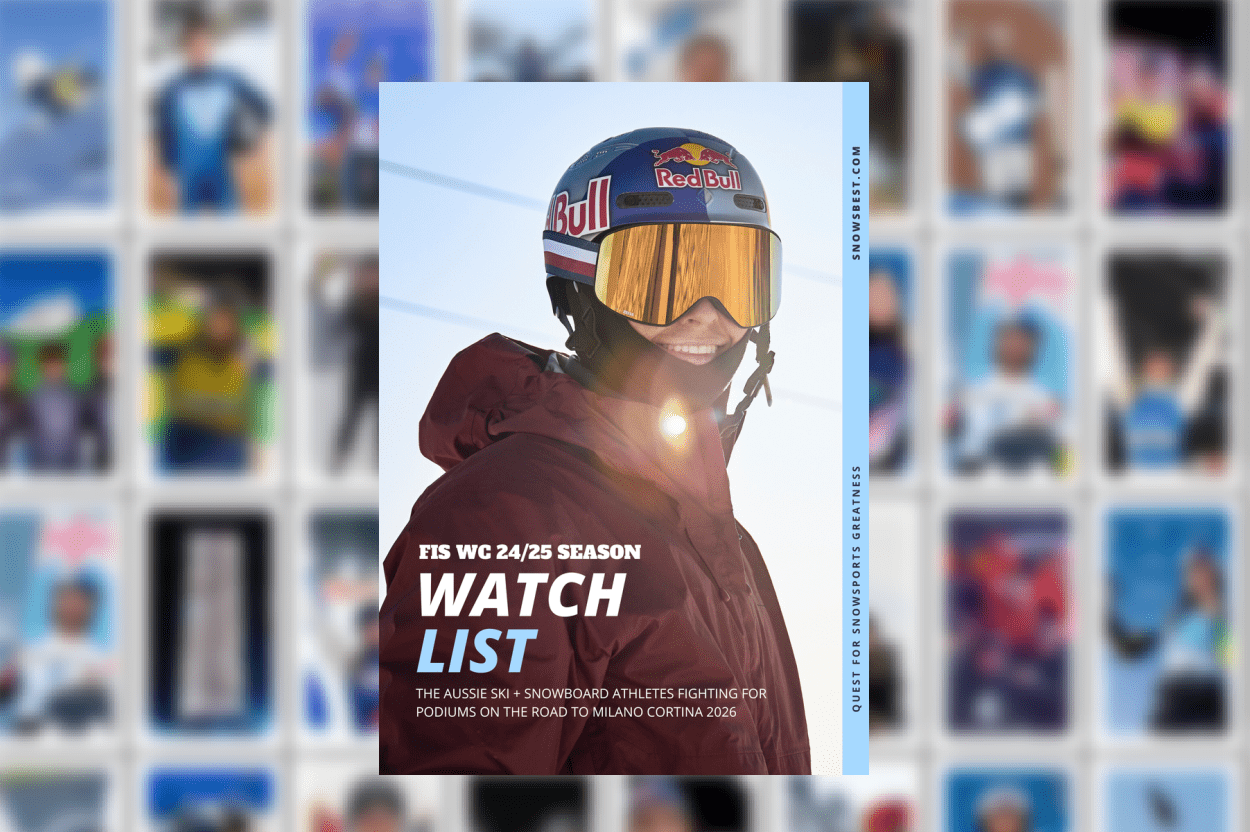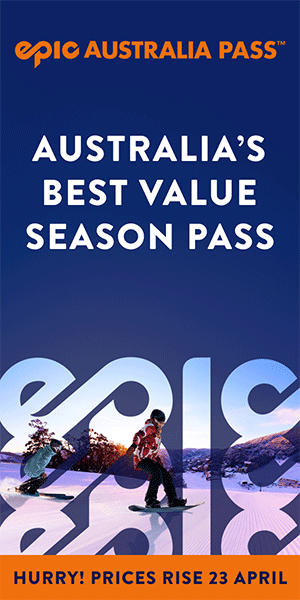Nothing inspires a backcountry ski trip like historic early-season snowfall after two years of pandemic resort closures. It’s enough to make us call in a sick day and throw touring skis on at the first snow-capped hill we encounter.
And it’s not just fresh snow that has people buzzing on the backcountry. The sport has been enjoying a surge in popularity for a few years – with Snowsports Industries America (SIA) reporting a 57 per cent rise in participation when resorts closed over the past two years during the pandemic.
Resorts across Australia and New Zealand have taken notice; and most now offer a range of backcountry tours for newbies to more experienced skinners discovering wilderness pow with the help of expert guides.
If you’re heading out on a backcountry tour this season, how can you be sure your guide will live up to expectations?
Or – and we’re only half joking here – how do you know if you’ll live, full stop?
Why hire a guide?
Let’s get the basics out of the way first. Hiring a private backcountry guide or taking a guided tour takes a lot of the precision planning, preparation, stress and expenses out of backcountry skiing.
As two-time Olympic freestyle skier and Southern Lakes Heliski backcountry guide, New Zealand’s Janina Kuzma, explains, “I’m a huge advocate for hiring guides. I will always hire a guide if I’m out shooting a video project – because I don’t want to worry about that stuff, I want to focus on enjoying myself, skiing and doing my work.”
Kuzma is a seven-time New Zealand Open Freeski Champion, two-time Canadian Freeski Champion, two-time World Heli Challenge Champion and two-time Winter Olympian. She probably knows what she’s talking about.
An experienced guide will be familiar with local terrain and weather, using maps and GPS to navigate you to the best snow on the day. Most operators also have necessary equipment for hire, so you can experience the backcountry without laying out massive upfront costs (or owning “all the gear with no idea”).
Aussie guides David and Pieta Herring, who founded Alpine Access to run avalanche safety and backcountry skills courses in Australia, say the money spent on a guide comes back in spades –literally.
“You’ll not only be told where to get the best snow and shown how to get out there, but a guide will bring the shovel, beacon, all necessary safety equipment and teach you how to use it,” says Pieta.
“The time spent with a guide, especially one-on-one, is super, super valuable because they’re going to teach you so much so quickly. It is your best avenue to getting ahead and learning fast about the backcountry, while having the most safe and enjoyable experience,” adds David.
What qualifications should you look for?
In European countries, mountain guiding is a protected profession, and you need to be certified under the International Federation of Mountain Guides Associations (IFMGA) to get a guiding license. New Zealand, the US and Canada recognise their own national equivalents – the NZMGA or AMGA – but stop short of making them a legal requirement for guides.
In a somewhat confusing contrast, however, Australia has no official regulatory scheme or national version of the IFMGA.
“There are only few guides with qualifications in Australia,” says David Herring. “Anyone can print off a business card and say they’re a backcountry guide. Japan is unregulated as well – we see young kids guiding people out into avalanche terrain all the time, it’s a worry.”
Herring says the only way to be sure about a guide’s qualifications is by asking – and ask you should.
“When you book a tour with a company, you may not know who you will get in terms of the individual guide. You’ve got every right to ask about their qualifications, experience and their past history of guiding, and you may want to speak with the guide themself. A lot of guiding comes down to how you communicate and get along with people.”
The IFMGA certificate
James Hamilton, Chief Guide of Southern Lakes Heliski in Queenstown, says the IFMGA mountain guiding certification is considered the peak international qualification – the equivalent of a doctorate degree in backcountry guiding.
“The IFMGA is the gold standard,” says Hamilton, who earned it himself after more than two decades guiding in backcountry areas from Canterbury to Alaska.
“It takes roughly 10 years to achieve. You do technical aspects of skiing, snow and ice courses, avalanche safety, first aid, using equipment, rescues, all of it.”
Janina Kuzma, who had more than a decade of professional freeskiing and competing experience before she began training as a guide, had to add another four years of training to earn the coveted New Zealand equivalent – the NZMGA.
“It’s difficult to tick all the boxes to even be accepted into the pathway,” she explains. “As a prerequisite, you need to have a New Zealand certificate in avalanche risk management – which is a 12-week course. You have to do a pre-hospital emergency care course with five days’ training and 72 hours in that.
“To earn the certification, you need to log a minimum 30 days of quality backcountry navigation. Each day has to cover more than 1000 vertical metres and you need to have 15 days on glaciated terrain.”
It’s why Kuzma says she would only hire a guide with an IFMGA-recognised certification – it’s a foolproof way to ensure you’re getting a professional.
What other qualifications can you look for?
Australia’s lacklustre licensing regime means not every guide will have the IFMGA; but that doesn’t mean we’re devoid of good guided tours in this country and excellent backcountry guides with knowledge and experience.
As a minimum, look for the acronyms AST1 or AST2 – these stand for Avalanche Skills Training and are internationally recognised in places like Canada as are the USA’s AIARE (American Institute for Avalanche Research Education) credentials .
Ask the guide what other courses they have done, and what experience they have – have they worked as an apprentice guide or ski patroller? Who mentored them? How familiar are they with the local mountains and backcountry? Importantly – have they checked in with local ski patrol before heading out?
Check that the guide has first aid qualifications, safety equipment and knows how to use it – an avalanche kit, beacon, shovel, probe, GPS, at least two methods of communication. Herring has written a solid checklist of essential backcountry equipment here and says it’s a red flag if your guide is missing anything.
“I’d also be looking at age – the guide’s maturity, where they’ve skied and how many years’ backcountry experience,” Herring says.
James Hamilton agrees: “Mileage is a huge thing.”
“Would you jump in plane or helicopter with an unlicensed pilot? Same with guiding, you pay for what you get,” he says.

































